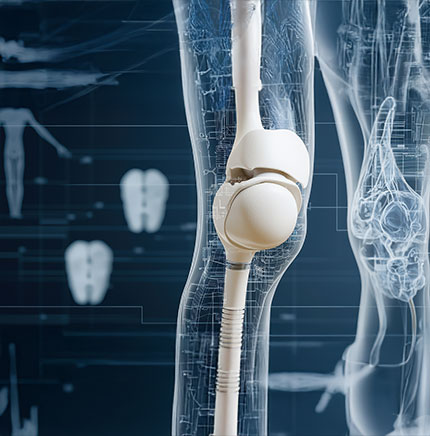

Blog
Evaluating Reasonably Foreseeable Misuse as per Proposed ISO 10993-1 Revision- A Critical Aspect of Medical Device Safety
Introduction
The proposed ISO 10993-1 revision brings significant updates to the biological evaluation of medical devices, with a strong focus on reasonably foreseeable misuse. This revision integrates biological evaluation more thoroughly into the overall risk management process, aligning it closely with ISO 14971. A key change is the explicit requirement to consider reasonably foreseeable misuse—both intentional and unintentional—during risk assessments. This acknowledges that medical devices may be used in ways not intended by the manufacturer, but which can result from readily predictable human behavior.
What is the foreseeable misuse?
Foreseeable misuse of medical devices refers to ways in which these devices might be used incorrectly or inappropriately, either intentionally or unintentionally. Here are some common types of foreseeable misuse:
User Errors: These include mistakes made by healthcare professionals or patients due to complex interfaces, unclear instructions, or lack of training. For example, incorrect dosage settings on infusion pumps or improper use of ventilators.
Intentional Misuse: This occurs when devices are used in ways not intended by the manufacturer. For instance, using a diagnostic device for a purpose it wasn’t designed for, such as using a glucose meter to test other bodily fluids.
Off-Label Use: This involves using medical devices for applications other than those approved by regulatory authorities. An example is using a stent designed for coronary arteries in other parts of the body.
Enhancing Safety: Tackling Misuse?
From a biocompatibility standpoint, the proposed ISO 10993-1 revision recommends considering the following aspects when evaluating reasonably foreseeable misuse scenarios,
- Evaluation of medical devices shall account for both intended use and reasonably foreseeable misuse.
- The biological evaluation plan should explicitly include considerations for reasonably foreseeable misuse.
- Categorization of medical devices should assess the potential impact of reasonably foreseeable misuse, utilizing available data such as post-market surveillance and clinical literature to identify systematic misuse.
- The choice of test procedures should consider both intended use and reasonably foreseeable misuse of the medical device.
Understanding the Impact- What Manufacturers Need to Know!
The proposed ISO 10993-1 revision compels manufacturers to integrate reasonably foreseeable misuse into risk management and biological evaluation processes. This necessitates conducting a comprehensive gap analysis to identify any missing information and the creation of a detailed biological evaluation plan to address these gaps, ensuring thorough risk assessment and enhanced device safety. Manufacturers must act swiftly to align with these proposed revisions and ensure their products compliance and safety.
Overcoming Manufacturing Hurdles: Strategies for Meeting Compliance
To mitigate the impact of the proposed ISO 10993-1 revision, especially with the consideration of reasonably foreseeable misuse, manufacturers can take several proactive steps:
- Early Identification: During the design phase, identify potential misuse scenarios through comprehensive usability studies. This helps in anticipating and addressing risks before the device reaches the market.
- Risk Management Integration: Integrate the concept of reasonably foreseeable misuse into the overall risk management process. This includes assessing both intentional and unintentional misuse scenarios.
- Continuous Monitoring: Implement robust post-market surveillance to monitor off-label use and user behavior. This ongoing analysis helps in identifying new misuse patterns and addressing them promptly.
- Data Re-evaluation: Re-evaluate existing data to ensure compliance with the new requirements. This includes reassessing the biological evaluation of devices to account for any potential misuse.
Conclusion
Integrating the concept of reasonably foreseeable misuse into risk management and biological evaluation is imperative for developing medical devices that maintain safety and reliability throughout their entire lifecycle. By actively incorporating these practices into the development processes and continuously monitoring their effectiveness, device manufacturers can uphold the highest standards of safety and reliability.







